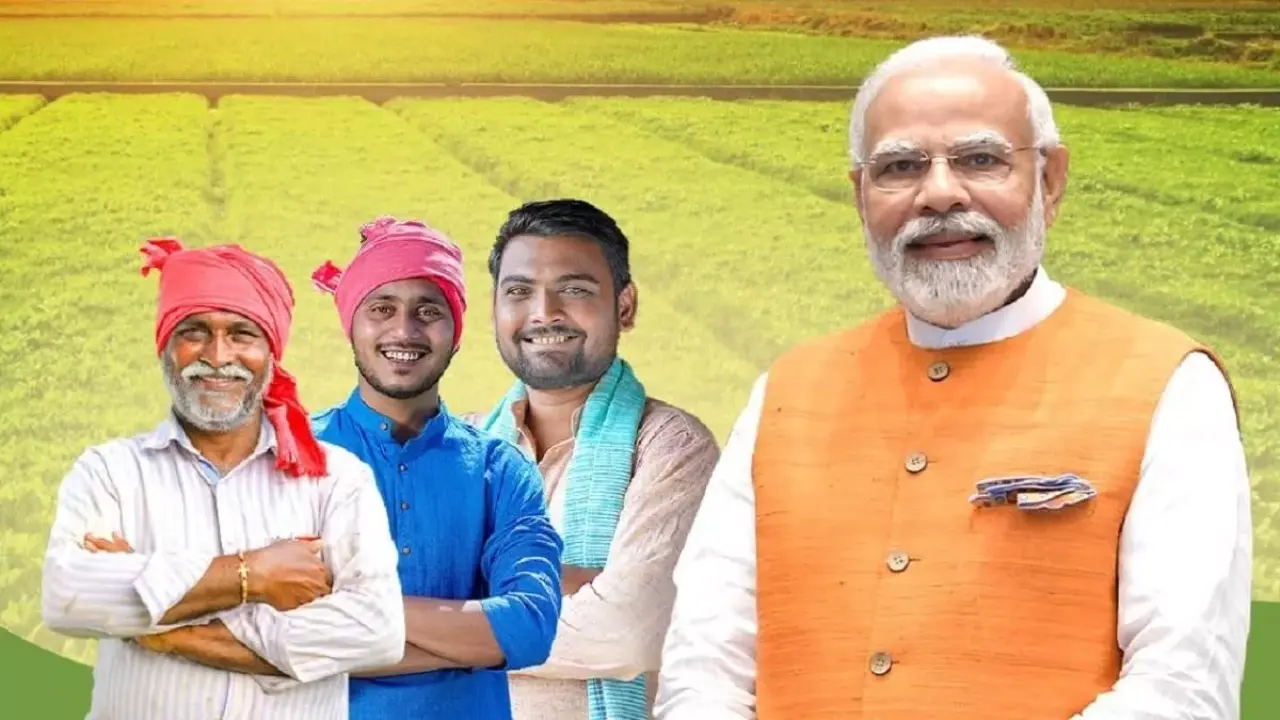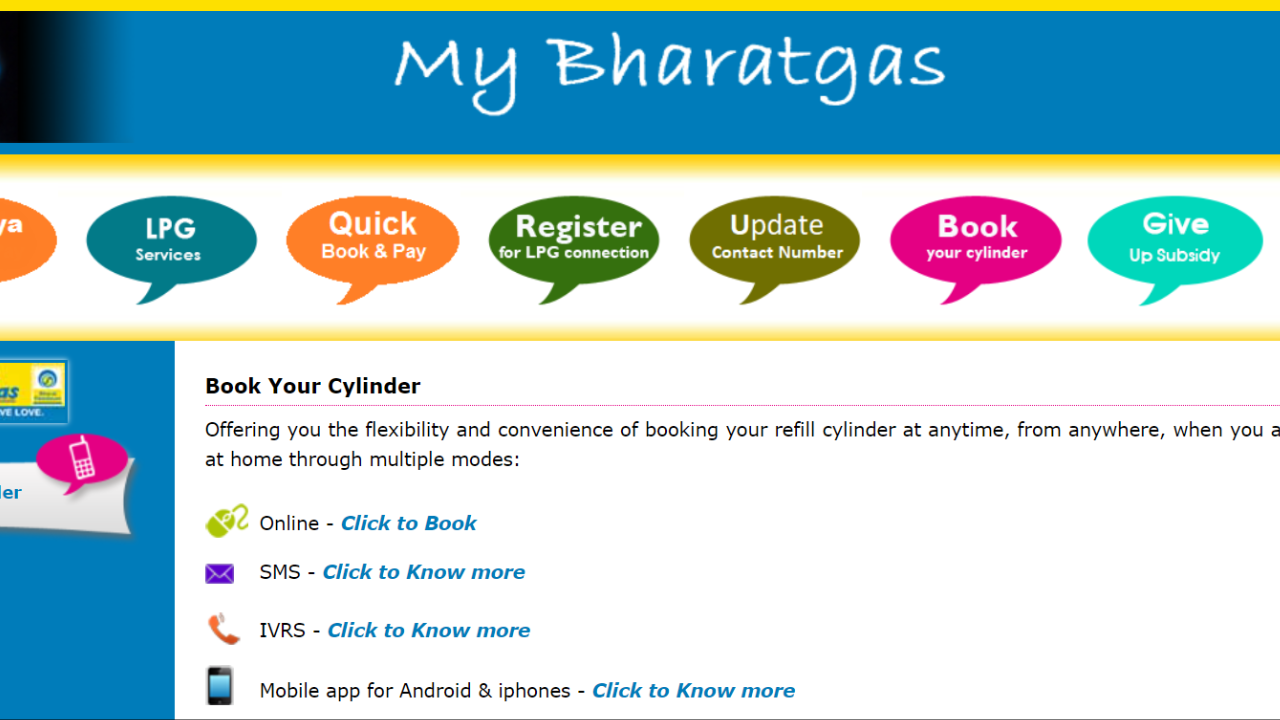The PM Kisan Samman Nidhi yojana (PM-Kisan) is a crucial financial support initiative for small and marginal farmers in India. Launched in 2019, it provides eligible farmers with an annual sum of ₹6,000, divided into three equal installments of ₹2,000 each. The goal is to alleviate financial stress for farmers and support their livelihoods by enabling them to meet agricultural input costs and household expenses.
Latest News: 18th Installment Released
As of October 2024, Prime Minister Narendra Modi announced the release of the 18th installment of PM-Kisan, directly transferring ₹2,000 to over 9.4 crore farmers. The installment, totaling ₹20,000 crore, is aimed at providing timely financial assistance as the farming season progresses. This installment was distributed to farmers who have completed their eKYC requirements and updated their information on the PM-Kisan portal
Eligibility Criteria and Application Process of pm kisan samman nidhi yojana
To qualify for the PM Kisan Yojna, farmers must meet certain eligibility requirements, such as:
- Land Ownership: The applicant must be a small or marginal farmer with ownership of cultivable land.
- Income Criteria: The scheme excludes certain high-income earners like institutional landholders, retired pensioners (except for those from farming backgrounds), and professionals like doctors and engineers.
- eKYC Verification: Completing the eKYC process is mandatory for receiving payments. Farmers can complete their eKYC online or offline at a nearby Common Service Center (CSC).
Farmers can register by visiting the official PM-Kisan website or through the respective state government’s agricultural department. Once registered, applicants need to provide essential details like Aadhaar number, bank account information, and landholding records.
Impact of PM-Kisan Yojana
Since its inception, PM-Kisan has impacted millions of farmers by providing direct financial aid. It has supported small-scale agricultural activities, helping farmers afford seeds, fertilizers, and equipment. By removing intermediaries and employing Direct Benefit Transfer (DBT), the scheme has fostered transparency and reduced corruption, ensuring funds reach the intended beneficiaries directly.
Challenges and Criticisms
Despite its positive impact, PM-Kisan faces some challenges:
- Inclusion Issues: Many eligible farmers have faced difficulties with eKYC, leading to delays or missed payments. A lack of awareness in some rural areas also hinders participation.
- Exclusion of Landless Farmers: Tenant farmers and those without landownership are not eligible for the scheme, limiting its reach to a large portion of the farming community.
The government is working to streamline the enrollment process, improve data accuracy, and enhance accessibility to ensure that all eligible farmers receive their benefits on time.
How to Check PM Kisan Samman Nidhi yojna Beneficiary Status
Farmers can check their payment status through the PM Kisan portal by following these steps:
- Visit the official website.
- Click on “Beneficiary Status” under the “Farmers’ Corner” section.
- Enter your Aadhaar number or registered mobile number.
- The portal will display the installment status and payment history for the user.
Farmers who face issues, such as missed payments or incorrect bank details, can update their information on the portal or seek assistance from local government offices.
Benefits of PM Kisan Yojna
- Direct Financial Aid: The scheme provides ₹6,000 annually, which helps farmers manage agricultural inputs and household expenses.
- No Middlemen: The DBT system ensures transparency, and there is no need for intermediaries, reducing the risk of corruption.
- Inclusive Approach: The scheme is designed to reach small and marginal farmers, the backbone of India’s agriculture sector.
- Digital Awareness: Through the use of online platforms, farmers are becoming more digitally aware and can track their payments easily.
Future Prospects of PM Kisan Yojna
Looking ahead, the government plans to integrate PM-Kisan with other welfare schemes, such as crop insurance and loan subsidies. The potential expansion of financial assistance to include tenant farmers and farm laborers could widen the scope and impact of the program.
FAQs
1. What is the PM Kisan Yojna?
The Pradhan Mantri Kisan Samman Nidhi (PM-Kisan) Yojna is a government initiative that provides financial aid to small and marginal farmers, offering ₹6,000 annually in three installments.
2. Who is eligible for PM-Kisan?
Small and marginal farmers with cultivable land are eligible. However, institutional landowners, professionals, and those with higher income are excluded.
3. How can I register for PM Kisan Yojna?
Farmers can register online through the official portal or offline at their local agricultural department by providing necessary documents like Aadhaar, bank account, and land ownership records.
4. How do I complete the eKYC process?
eKYC can be completed online through the PM-Kisan portal or offline at a Common Service Center. It is mandatory for receiving payments.
5. How can I check my PM-Kisan payment status?
You can check your payment status by visiting the PM-Kisan portal, selecting the “Beneficiary Status” option, and entering your Aadhaar or mobile number.
6. When is the next installment expected?
The 18th installment was released in October 2024. The next installment is expected in early 2025, following the quarterly disbursement schedule.
7. What should I do if I haven’t received my payment?
If you haven’t received your payment, check your status on the PM-Kisan portal. Ensure your bank details and eKYC are up to date. If issues persist, contact your local agricultural office for support.
Conclusion
The PM Kisan Yojana remains a cornerstone of the government’s efforts to uplift India’s farming community by providing essential financial aid. Despite challenges, the scheme has made significant progress in empowering small and marginal farmers, contributing to rural economic stability. The government continues to address gaps in eligibility and distribution to ensure that every deserving farmer benefits from this life-changing initiative.
Read More Blogs



